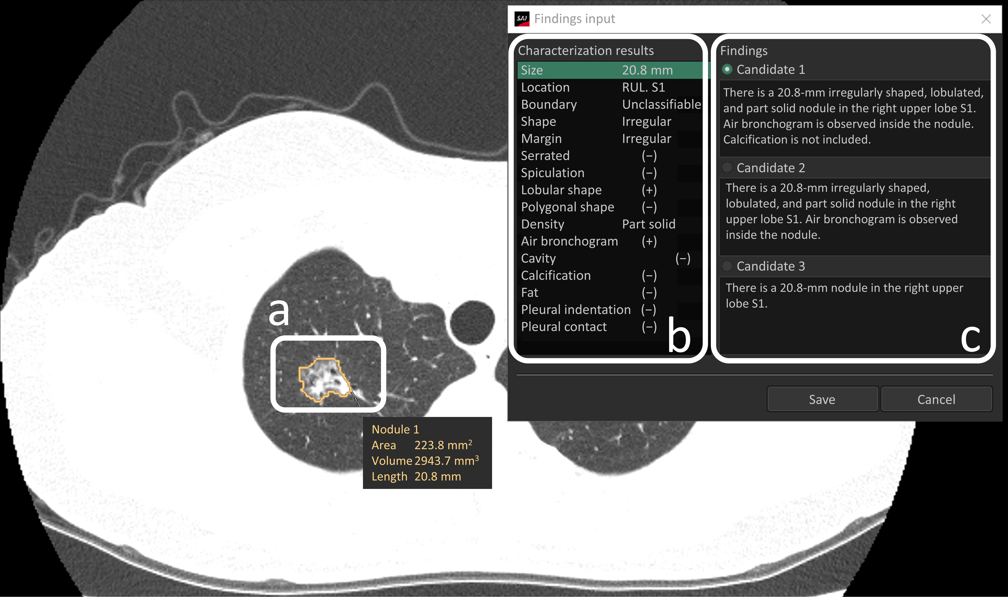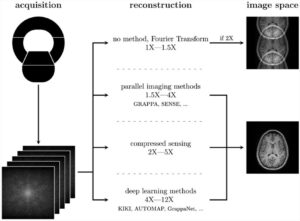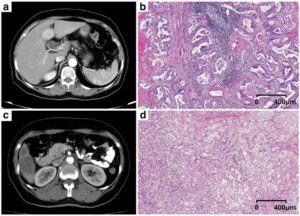When radiologists encounter pulmonary nodules/masses in computed tomography (CT) images, they diagnose malignancy based on lesion characteristics (e.g., spiculation and calcification). However, accurate characterization requires careful observation and can be difficult, especially for inexperienced radiologists. In addition, the assessments may vary among radiologists, resulting in the low reproductivity of findings.
We investigated if commercially-available deep learning (DL)-based computer-aided diagnosis (CAD) for characterizing pulmonary nodules/masses can support radiologists. Fifteen radiologists were grouped according to their experience: L (<3 years), M (3-5 years) and H (>5 years). They observed 101 nodules/masses and evaluated the likelihoods of 15 characteristics and malignancies with and without CAD outputs. As a result, the areas under the curve (AUCs) for two items in L and M (ill-defined boundary and irregular shape in L, and ill-defined boundary and irregular margin in M), significantly improved, whereas no significant improvement was found in H. L showed the greatest increase in the AUC for diagnosis (malignancy). These results indicate CAD helps radiologists, particularly those with <5 years of experience, to characterize and diagnose pulmonary nodules/masses accurately. Moreover, intraclass correlation coefficients improved in all groups and for nearly all items, which means that CAD improved the reproductivity of findings among radiologists; the use of CAD did not prolong assessment time.
This is the first article to have proven the effectiveness of DL-based CAD for characterizing pulmonary nodules/masses. We hope for further accumulation of similar evidence in the future, clarifying a mode of implementing CAD to support radiologists efficiently.
Key points
- Deep learning–based computer-aided diagnosis improves the accuracy of characterizing nodules/masses and diagnosing malignancy, particularly by radiologists with < 5 years of experience.
- Computer-aided diagnosis increases not only the accuracy but also the reproducibility of the findings across radiologists.
Authors: Tomohiro Wataya, Masahiro Yanagawa, Mitsuko Tsubamoto, Tomoharu Sato, Daiki Nishigaki, Kosuke Kita, Kazuki Yamagata, Yuki Suzuki, Akinori Hata, Shoji Kido & Noriyuki Tomiyama for the Osaka University Reading Team













